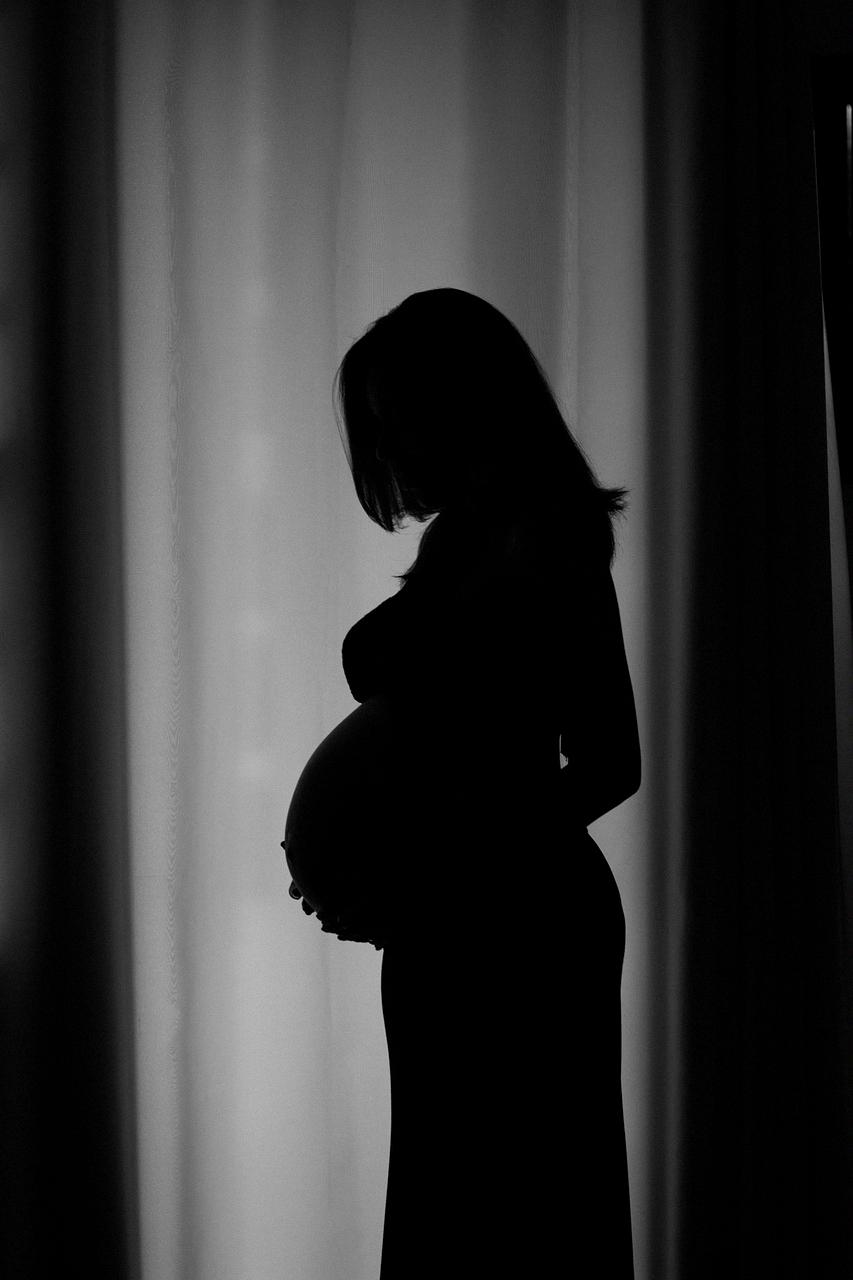One common question that many expectant mothers have is at what point in pregnancy they may start experiencing the phenomenon known as “waddling.” While every pregnancy is unique and individuals may experience changes in their gait at different times, there are some general guidelines that can provide insight into when waddling typically begins.
Understanding the Changes in Your Body
As the pregnancy progresses, the body undergoes numerous changes to accommodate the growing baby. Around the 36-week mark, many women may notice that their walking pattern starts to shift, leading to a waddling motion.
The Impact of Your Baby’s Position
At this stage, the baby’s head, in combination with the expanding uterus, may cause discomfort while walking. The pressure exerted by the baby’s head can make moving around more challenging and contribute to the waddling gait that some pregnant individuals experience.
Signs of Your Baby’s Descent
For some, the discomfort and waddling may intensify as the baby descends further into the pelvic cavity in preparation for birth. This adjustment can alleviate some of the pressure on the diaphragm and enable easier breathing for the expectant mother.
Physical Changes in the Third Trimester
During the third trimester, the body undergoes significant physical changes to accommodate the nearing childbirth. These changes, including the baby’s descent and pelvic adjustments, can impact the way a pregnant person walks and moves.
Preparation for Labor and Delivery
Waddling is often an indication that the body is preparing for labor and delivery. The waddling motion can be a result of the pelvic ligaments loosening to allow for smoother passage of the baby through the birth canal.
Body Mechanics and Center of Gravity
As the uterus expands and the baby grows, the body’s center of gravity shifts, altering the way a pregnant person moves. This change in body mechanics can lead to a waddling gait as the body adjusts to the added weight and pressure.
Individual Variations in Waddling
It is essential to note that the timing of when waddling begins can vary among pregnant individuals. Factors such as the baby’s position, the mother’s overall physical health, and previous pregnancies can influence when waddling becomes noticeable.
Listening to Your Body
During pregnancy, it is crucial to listen to your body and pay attention to any discomfort or changes in your movement. If waddling or walking becomes particularly challenging or painful, it is advisable to consult with a healthcare provider to ensure everything is progressing as expected.
Supportive Measures for Waddling
Engaging in gentle exercises, such as prenatal yoga or walking, may help alleviate some of the discomfort associated with waddling. Additionally, using support devices like belly bands or maternity belts can provide added support and stability during this time.
Embracing the Changes of Pregnancy
While waddling may be a new and sometimes uncomfortable experience for some pregnant individuals, it is essential to embrace the changes that come with pregnancy. Each adjustment in your body is a natural part of the incredible journey of growing and nurturing a new life.
Conclusion
In conclusion, waddling during pregnancy typically starts around the 36-week mark as the body undergoes significant changes in preparation for childbirth. Understanding the factors that contribute to waddling and taking supportive measures can help manage any discomfort and ensure a smoother transition into the final weeks of pregnancy.

